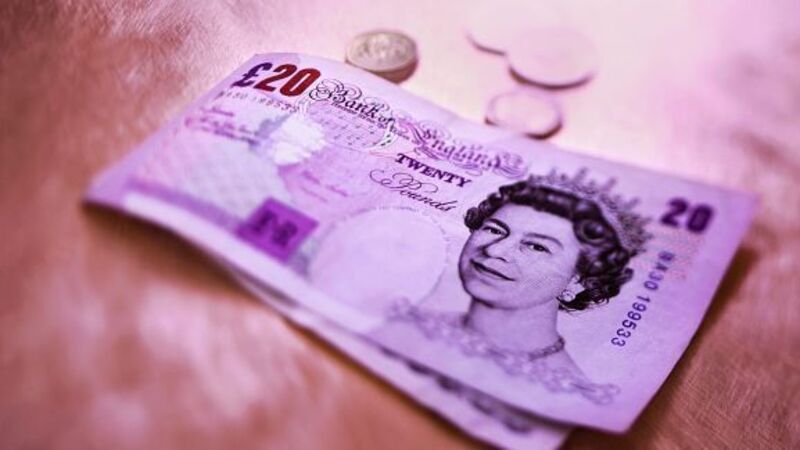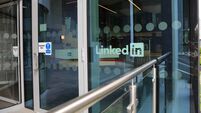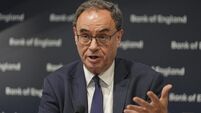Given all the risks, sterling could fall back to 90 pence

The currency hit 30-year lows against a strong dollar, falling through key support levels at $1.37 to $1.38 before declining to near the $1.20 level.
After the referendum, sterling’s slide also greatly impacted the euro exchange rate, with the pair generally trading in a range of 84 pence to 90 pence over the past six months.
It is important to remember though that sterling appreciated by nearly 20% on a so-called trade-weighted basis between 2013 and the middle of 2015.
It is now back trading at levels against the euro that were seen earlier in the decade. Indeed, sterling had hit even lower levels against the euro in 2009 and 2010.
Sterling managed to regain some ground in the final two months of 2016, rising to around $1.27, while the euro fell back to below 84 pence.
The market was very short of sterling, so there was always scope for a bounce in the currency as traders closed positions and booked profits in the run-up to the end of the year.
Sterling lost some ground again in early January, as fears resurfaced that the UK could be heading for a hard Brexit.
Prime Minister Theresa May confirmed last week that the UK would indeed leave the single market on its departure from the EU.
She also indicated that the UK would not remain a full member of the customs union.
Thus, she gave a clear signal that there would be a clean break with the EU, in effect a hard Brexit.
However, she also indicated that the UK had a strong desire to reach a comprehensive free trade deal with the EU to avoid major disruption to both economies. The EU Treaty provides for a two-year period for the negotiations on an EU exit once Article 50 is invoked.
The UK government has indicated that it will trigger Article 50 by the end of March. However, the indications from the EU are that the negotiations on the future trading relationship with the UK will not commence until after it leaves the EU.
Thus, it is unclear what arrangements, if any, an exit deal may contain in regard to trade.
The UK has expressed a preference for a transitional period that allows for a phased process of implementation of new trading arrangements after Brexit but the EU seems unlikely to agree to such a proposal if the UK leaves the single market.
It is important to note that the UK does not have a veto over the exit deal, which weakens its hand in the negotiations with the EU. The prime minister has indicated that the UK could opt for no deal on trade in the exit negotiations on the basis that “no deal is better than a bad deal”.
In these circumstances, the UK would have to fall back on World Trade Organisation — WTO —rules, which would involve tariffs and customs checks and would affect trade between the UK and the EU.
Irish businesses would be well advised to start making preparations for a hard Brexit. Trade with the UK would be badly affected with a lot of increased costs, delays and paperwork.
There may well be tariffs, and a requirement for customs’ duties and clearance. Retailers importing from the UK could be faced with increased administrative costs and customs duties.
Irish exports to the UK, most notably in the food sector, could be hit with significant tariffs. The Economic and Social Research Institute has forecast that a hard Brexit would result in a big decline in trade with the UK, and depress Irish growth and employment. Meantime, downside risks remain for sterling.
The negotiations between the UK and EU are likely to prove very difficult, fuelling fears that Britain will have to fall back on WTO rules, with negative implications for its external trade, investment and the economy.
The UK economy is likely to slow, anyway, in the run-up to Brexit, as rising inflation hits consumer spending, while concerns about leaving the single market dampen investment activity.
Thus, we could see the euro move back up to the 90 pence level or above, with sterling falling back to $1.15, or below.











